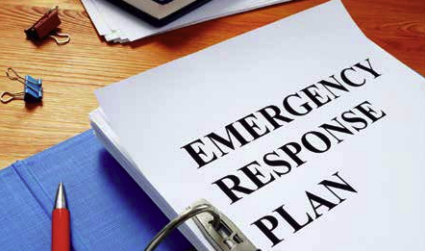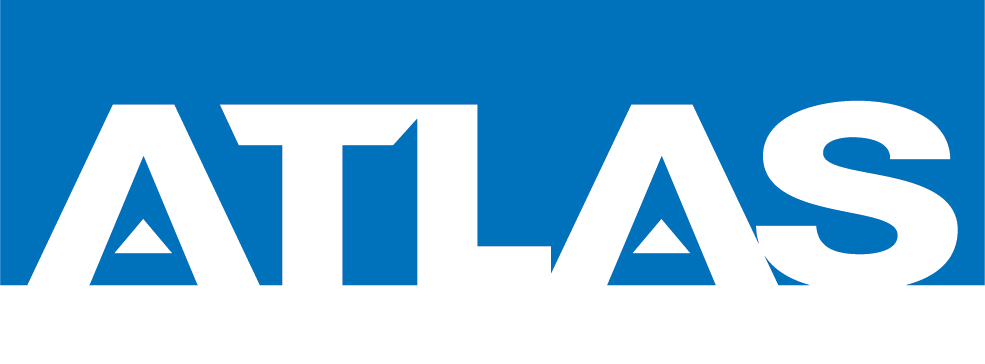With natural disasters increasing, it’s crucial to have
a response plan in place

As many of us learned last year, it’s never been more critical to be prepared. The arrival of COVID-19 in the United States has exposed the inadequacies of many systems and processes, which include response plans. When it comes to residential and commercial properties, there should also be no shortage in response to a disaster.
Natural-catastrophe losses in the United States rose in 2020 after declining in 2018 and 2019. From a monetary standpoint, 2020 natural-catastrophe losses rose to $74.4 billion from $39.6 billion in 2019, which is an 88% increase, according to the Insurance Information Institute.
This is even more prominent now that scientists and climate experts agree that we are likely to see more intense, destructive and deadly weather events. The state of Hawaii has also seen its fair share of dangerous weather. In 2020, Hurricane Douglas nearly struck Oahu and in early 2021 heavy rainstorms flooded many towns across the state.
For you as a building owner or manager, the costs of maintenance, renovations and upgrades are typical items that often come with large expenses. But having an Emergency Action Plan (EAP) in place to respond to disasters can potentially save your property thousands in direct costs. In fact, it is required by the Occupational Safety and Health Administration (OSHA, under regulation 29 CFR 1910.38) that an employer with 10 or more employees have an EAP in writing, kept in the workplace and available for employees to review. It is also important to note that penalties cited by OSHA have increased in 2021, as serious violations now carry a maximum fine of $13,653, with willful or repeated violations carrying a maximum violation of $136,532 per fine. If you are betting your luck on disasters not affecting your property, fines issued by these agencies for not complying could still be devastating.
So what is an EAP? The purpose of an EAP is to predetermine and facilitate the actions of the employer, employees and potentially other building occupants to ensure the safety of everyone during workplace emergencies. A well-developed emergency plan—along with proper training and familiarity among employees—will result in less severe damage, while a poor EAP will likely lead to a disorganized response or evacuation that can result in serious property loss and/or injury.
The minimum requirements of an EAP according to OSHA must include:
- Means of reporting fires and other emergencies
- Evacuation procedures and emergency escape route assignments
- Procedures for employees who remain to operate critical plant operations before they evacuate
- Accounting for all employees after an emergency has been completed
- Rescue and medical duties for employees performing them
- Names or job titles of persons who can be contacted
An all-hazard approach should be considered when building owners or managers develop an EAP as there could be a wide variety of factors that could impact the safety of the occupants. The first factor may include building and infrastructure failures. There are many components that make up the overall building as well as its infrastructure, and any one deficiency could cause failure to the whole system.
The next factor is human-caused threats, and they include perils that are a result of human intent, error or a result of failed systems. Bombs and bomb threats, workplace violence and weapons of mass destruction are notable factors, to name a few.
Finally, as noted, natural disasters have been an increasing concern over the last several years. Severe weather has been occurring more frequently and the trend will likely continue in the future. Natural disasters that can pose serious threats to properties include earthquakes, tornadoes, tsunamis and hurricanes.
It is also important to consider all individuals when developing the response to an EAP, especially those with disabilities. Any EAP should account for working with people that are in wheelchairs and have impairments such as mobility, visual, hearing, speech and cognitive.
Finally, it is important to have clear communication with external departments and agencies, including the local fire department, police department and medical services. This will ensure that you are prepared to contact them and guarantee they are familiar with your operations when they need to respond during emergencies. To do this, have members of the fire department conduct walk-throughs of your facilities so that they are familiar with the layout. Likewise, establish a relationship with an ambulance service so that transportation is readily available, and plans are made with nearby clinics to handle emergency cases. If your location is not close to a hospital, infirmary or clinic, an on-site employee must have adequate first aid and CPR training.
“Better safe than sorry” is an expression that has been around for a long time, and your commercial or residential properties are not exempt from this. With the world experiencing so many unexpected and dangerous events, an EAP is one of the many tools that can protect your property, save lives and protect you from a potential financial crisis.
Atlas Insurance risk consultant Chris Wong services accounts in Client Consulting Services, which includes large commercial and residential construction companies, hospitality, wellness, moving and logistics companies, and non-profit organizations. 533-8759, cwong@atlasinsurance.com

